BLDC GLIDE HW 202
Overview of Fans & Appliances
Fans and appliances are essential household and commercial products designed to improve comfort, air circulation, and temperature regulation. Fans typically provide ventilation and cooling, while various appliances serve a wide range of functions from cooking to cleaning. Both are available in different types, sizes, and functionalities, depending on the application.
| Technical Specifications 1. Fans Types:Ceiling Fans: Installed on the ceiling, circulating air for room cooling.Pedestal Fans: Freestanding with adjustable height.Table Fans: Compact, used on desks or small spaces.Exhaust Fans: Used for ventilation in kitchens, bathrooms, or industrial areas.Wall-Mounted Fans: Mounted on walls for space-saving and high airflow.Motor Type:AC motors (Alternating Current)DC motors (Direct Current) – More energy-efficientSpeed Settings: Typically 3-5 speed settings with an option for variable speed control. Airflow: Measured in CFM (Cubic Feet per Minute) – Higher CFM indicates higher airflow efficiency. Energy Rating: Energy-efficient models with BEE (Bureau of Energy Efficiency) ratings. Noise Level: Measured in dB (decibels) – Lower dB means quieter operation. Control Options: Manual switches, remote controls, or smart app-based controls for advanced models. 2. Appliances Kitchen Appliances: Refrigerators, microwaves, mixers, blenders, etc. Cleaning Appliances: Vacuum cleaners, washing machines, dishwashers, etc. Home Comfort Appliances: Air conditioners, water heaters, dehumidifiers, etc. Power Consumption: Measured in watts or kilowatts (kW) – Lower power consumption leads to energy savings. Safety Features: Overheat protection, overload protection, safety cut-off switches, child lock features, etc. Smart Features: Wi-Fi connectivity, app control, and integration with home automation systems. |
🏠 Applications of Fans & Appliances Commercial Use: Office spaces, shopping malls, restaurants, and factories. Industrial Use: High-powered ventilation in factories, warehouses, and large machinery areas. Energy Conservation: Used alongside air conditioning to improve cooling efficiency by circulating cool air. 2. Appliances Home Appliances: To enhance living conditions, including air conditioning, water heaters, and room heaters. Cleaning Appliances: For convenience and efficiency in maintaining cleanliness (e.g., vacuum cleaners, washing machines). Smart Appliances: Integrated with IoT (Internet of Things) to allow remote control and automation for better energy management. |

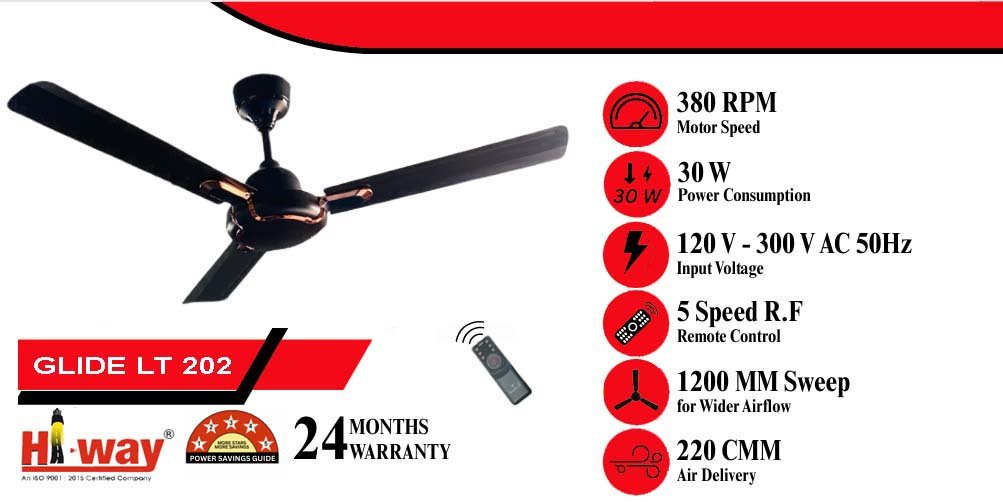
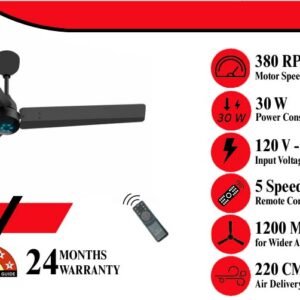

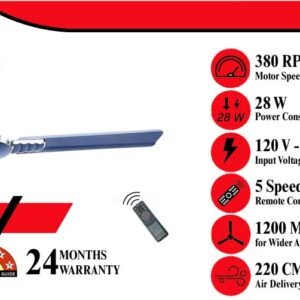
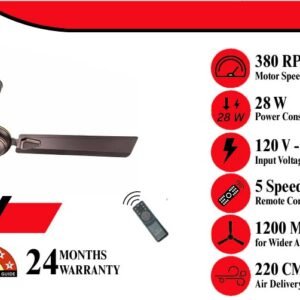
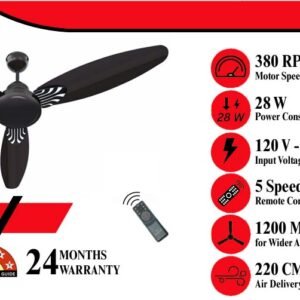
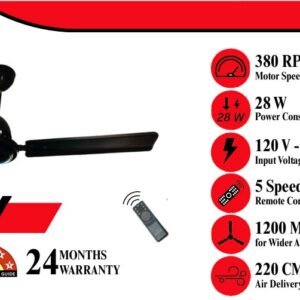
Reviews
There are no reviews yet.